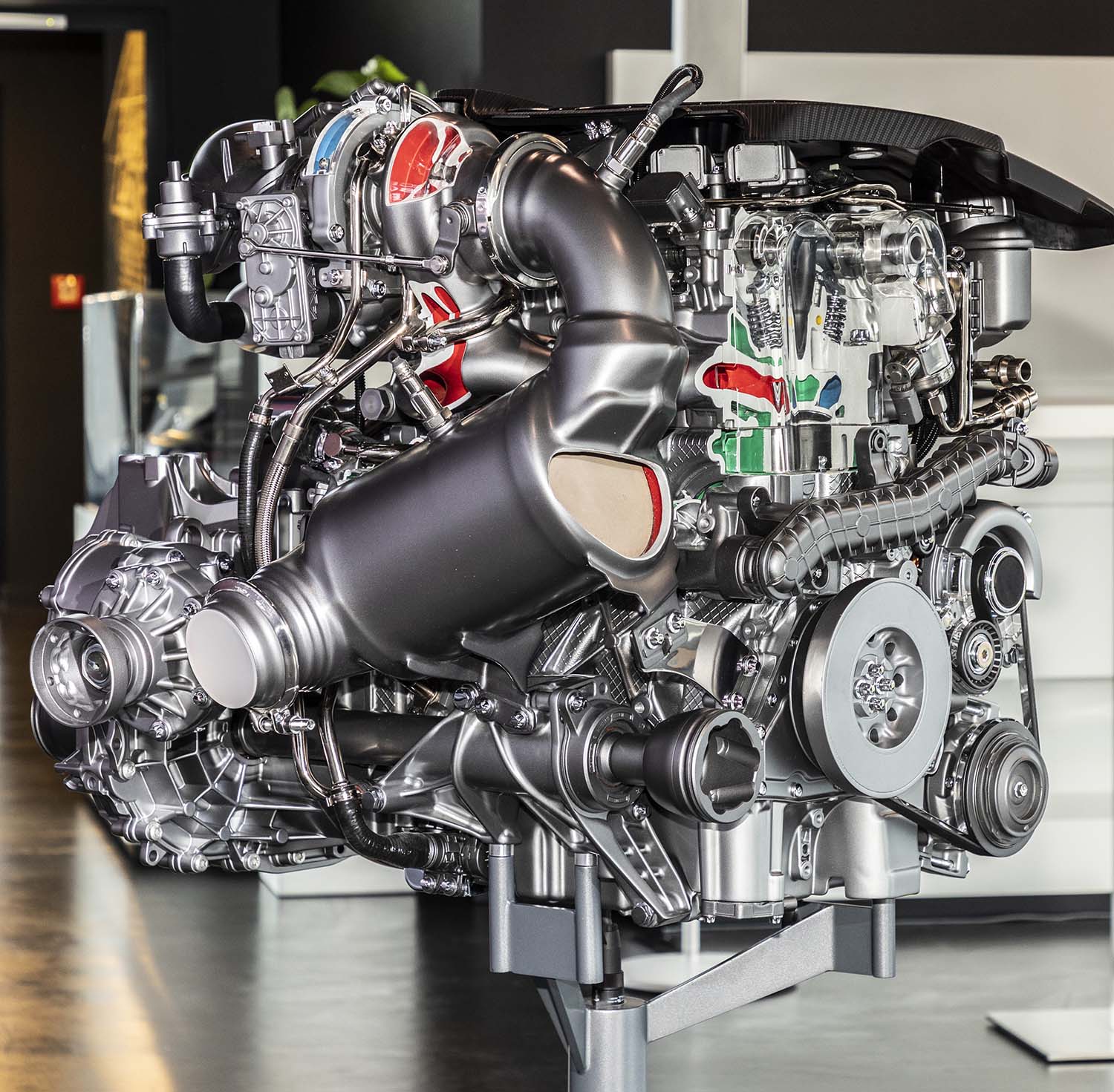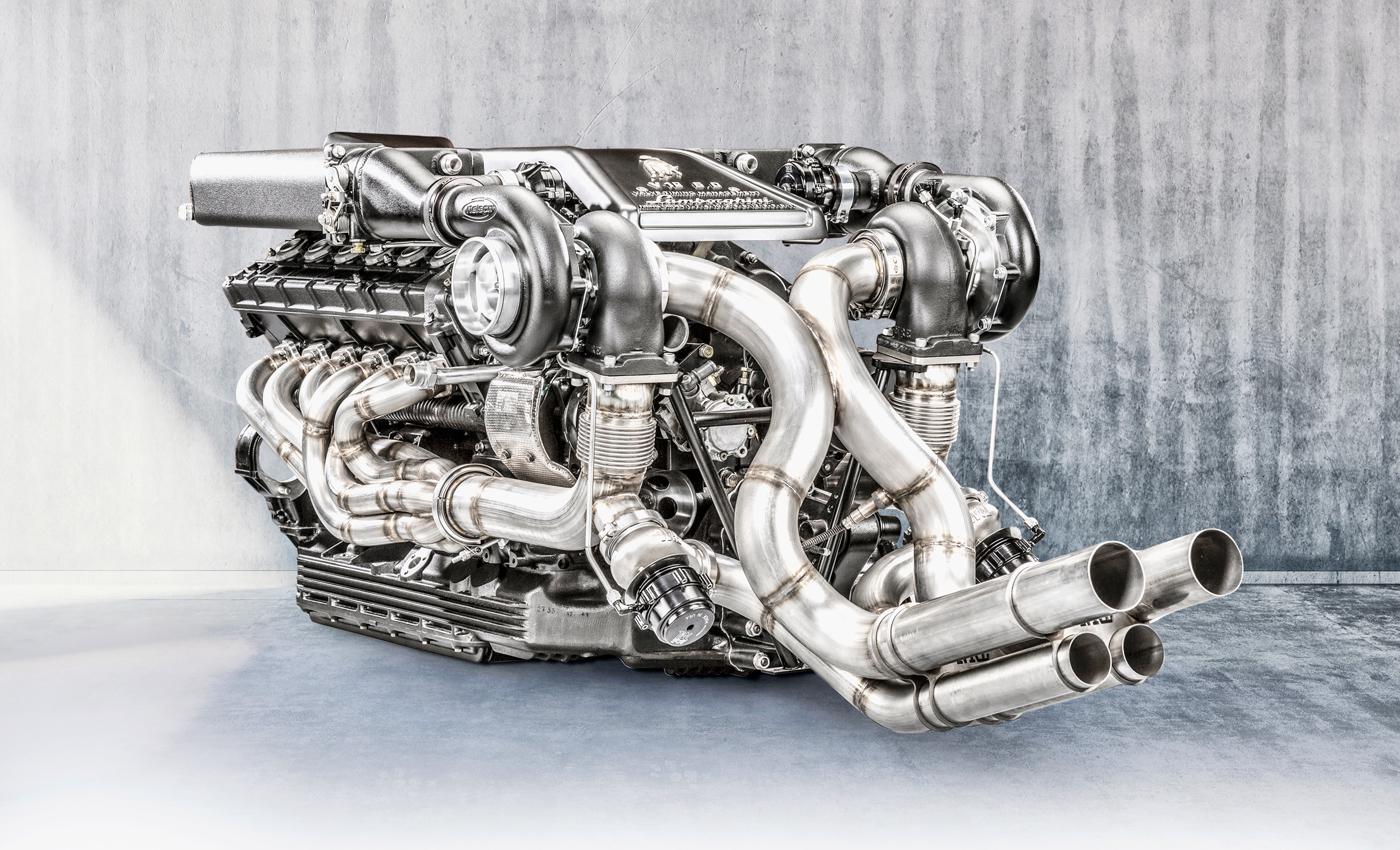Discover Top-Quality Engines for Africa at Our Reputable Vehicle Parts Store
Discover Top-Quality Engines for Africa at Our Reputable Vehicle Parts Store
Blog Article
The Mission for Ultimate Driving Power: Exploring the Peak of Engine Efficiency and Technological Developments in the Automotive Field
In the world of auto design, the quest of maximum driving power has been a relentless quest that has actually unravelled with the development of engine style and the combination of cutting-edge technologies. From the careful workmanship of burning engines to the quick developments in electric propulsion systems, the vehicle sector stands at the cusp of a new age characterized by unmatched performance capabilities. As engineers and scientists dig deeper into the worlds of computational fluid dynamics and explore cutting-edge fuel modern technologies, the perspective of opportunities expands significantly. Remain tuned as we unravel the elaborate tapestry of technical developments that are forming the future of automobile power and efficiency.
Advancement of Engine Design

Additionally, the assimilation of turbocharging and supercharging innovations has actually transformed engine layout by increasing power without dramatically enhancing engine dimension. These forced induction systems compress the consumption air, enabling more fuel to be ignited, thereby producing higher power result from a smaller engine. This development has actually been especially crucial in enhancing the performance of smaller displacement engines while maintaining fuel effectiveness criteria.

Performance-Enhancing Gas Technologies
The application of innovative gas modern technologies has actually considerably contributed to enhancing engine performance in modern cars. Biofuels, derived from eco-friendly resources like algae, sugarcane, or corn, offer enhanced and lowered emissions engine efficiency. Additionally, fuel additives and cleaning agents are being created to clean engine parts, optimize burning, and lower friction, thereby improving overall car efficiency.
Improvements in Electric Propulsion
Considerable strides in electric propulsion technology have actually reinvented the automobile market, leading the way for a new era of reliable and sustainable transport. Electric cars (EVs) are gaining popularity as a result of their environmental advantages and developments in battery modern technology, allowing longer driving ranges and much shorter billing times. Makers are investing greatly in r & d to boost the performance of electric propulsion systems, concentrating on boosting power result, improving power efficiency, and decreasing total weight.
One noteworthy development in electric propulsion Bonuses is the advancement of innovative electrical motors that deliver higher torque and power density, resulting in boosted acceleration and general driving performance. Furthermore, regenerative braking systems have been refined to capture and store power throughout slowdown, more enhancing the performance of EVs.
Moreover, the assimilation of smart technologies, such as synthetic intelligence and predictive analytics, is enhancing the administration of electric propulsion systems, making sure optimum efficiency under different driving conditions. These developments in electrical propulsion are improving the vehicle landscape, driving the industry towards a more lasting and amazed future.
Influence of Computational Fluid Characteristics
With improvements in electric propulsion pushing the boundaries of automobile technology, the integration of Computational Liquid Dynamics is playing a pivotal duty in maximizing aerodynamic performance and improving total performance in car layout. Computational Liquid Dynamics (CFD) entails the use of computer system simulations to analyze the flow of air around a lorry, allowing designers to predict just how design modifications will affect the rules of aerodynamics without the requirement for pricey physical prototypes. By properly modeling airflow patterns, CFD permits for the refinement of vehicle forms to decrease drag, improve air conditioning, and boost stability.
CFD allows engineers to optimize air movement around parts such as radiators, engine bays, and wheel wells, contributing to enhanced efficiency and overall driving experience. In conclusion, the assimilation of Computational Fluid Characteristics represents a considerable action ahead in the pursuit for best driving power and performance in the auto industry.
Future Trends in Engine Advancement
In the dynamic landscape of automotive design, advanced advancements are forming the future trajectory of engine advancement. The future of engine style official site is noted by a solid emphasis on performance, performance, and sustainability. Manufacturers are progressively focusing on creating engines that not only supply high power outcomes yet likewise focus on environmental duty by reducing emissions and boosting gas performance.
One popular fad in engine development is the increase of electrification. Crossbreed and electrical powertrains are acquiring grip as sensible alternatives to standard burning engines. These technologies provide the capacity for substantial decreases in carbon emissions and enhanced energy effectiveness, straightening with global efforts to deal with environment change.
Additionally, advancements in products science and production techniques are making it possible for the production of lighter and more sturdy engine parts. This change towards light-weight materials such as carbon fiber and light weight aluminum alloys adds to boosted efficiency and gas economic climate.
Verdict
Finally, the quest of utmost driving power in the auto sector continues to drive developments in engine style, gas innovations, electrical propulsion, and computational fluid dynamics. The development of these innovations is shaping the future of engine advancement, leading the way for much more effective and powerful cars (engines for africa). As the you could check here industry remains to press the limits of what is possible, we can anticipate to see much more revolutionary developments in the quest for peak efficiency
One of the crucial milestones in engine design evolution is the transition from conventional carbureted engines to contemporary fuel-injected systems. By exactly metering the fuel shipment to each cyndrical tube, fuel-injected engines maximize burning, resulting in much better efficiency and reduced environmental effect.
Moreover, the assimilation of turbocharging and supercharging modern technologies has revolutionized engine layout by enhancing power without dramatically increasing engine dimension (engines for africa).The application of advanced fuel modern technologies has dramatically contributed to boosting engine performance in contemporary vehicles. Furthermore, gas additives and detergents are being created to clean engine elements, optimize combustion, and decrease rubbing, thereby improving overall lorry performance
Report this page